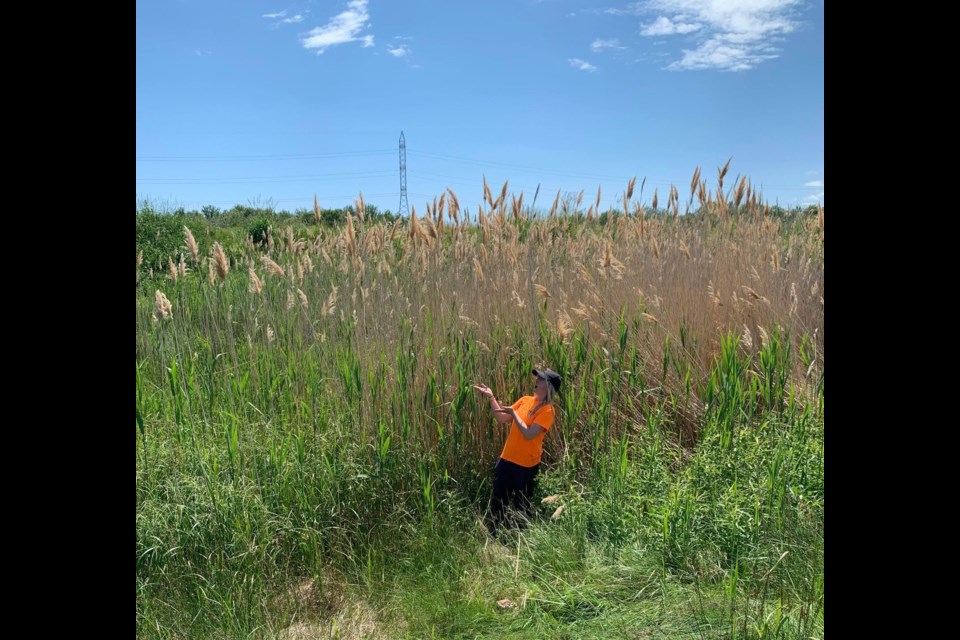THUNDER BAY — The Lakehead Region Conservation Authority has received provincial funding to continue efforts to control an invasive plant that poses a threat to wetlands, shorelines and other sensitive habitat.
Invasive phragmites, also known as the European common reed, is a perennial grass that's become one of the most aggressive plants in Canada.
It spreads rapidly, forming dense stands that outcompete native vegetation, reduce habitat for wildlife and impede drainage in agricultural fields.
The Ministry of Natural Resources says managing it is crucial for preserving natural ecosystems around Ontario.
This year, the LRCA has received about $40,000 under the Ontario Phragmites Action Program, which has been bolstered by a contribution from the MNR, for a total province-wide investment of $650,000.
Grand Council Treaty 3 has also received funding to continue to identify and map the plant in its territory.
Invasive phragmites are characterized by fluffy seed heads, blue-green leaves, and beige-coloured stems persisting through the winter.
In the Thunder Bay area, the LRCA has been mapping it for the past couple of years and is working with a group of interested partners, including retired biologists and the Thunder Bay Field Naturalists, as well as a private contractor.
Jessie McFadden, a watershed biologist with the LRCA, said the Thunder Bay waterfront is one of the areas where invasive phragmites have been "creeping in."
She said a herbicide can be used to limit its spread.
"Fishermen, hunters, anyone who's out in the wilderness can help us keep an eye out for this species. . . Once we know where it is, we head out, and we assess the size and scope of the stand, and then also confirm whether it's the invasive phragmites species or the native species because we do have both happily growing in the region."
McFadden said the management approach depends on the habitat it's growing in.
"If it's a roadside site or on industrial land, we generally use a herbicide. We've been fortunate in the Thunder Bay region to have not encountered it in any wetland or sensitive habitat as of yet."
The Ontario Phragmites Action Program is supported by the MNR and implemented by the Invasive Species Centre, Nature Conservancy of Canada, and other key partners.
More information is available online.
